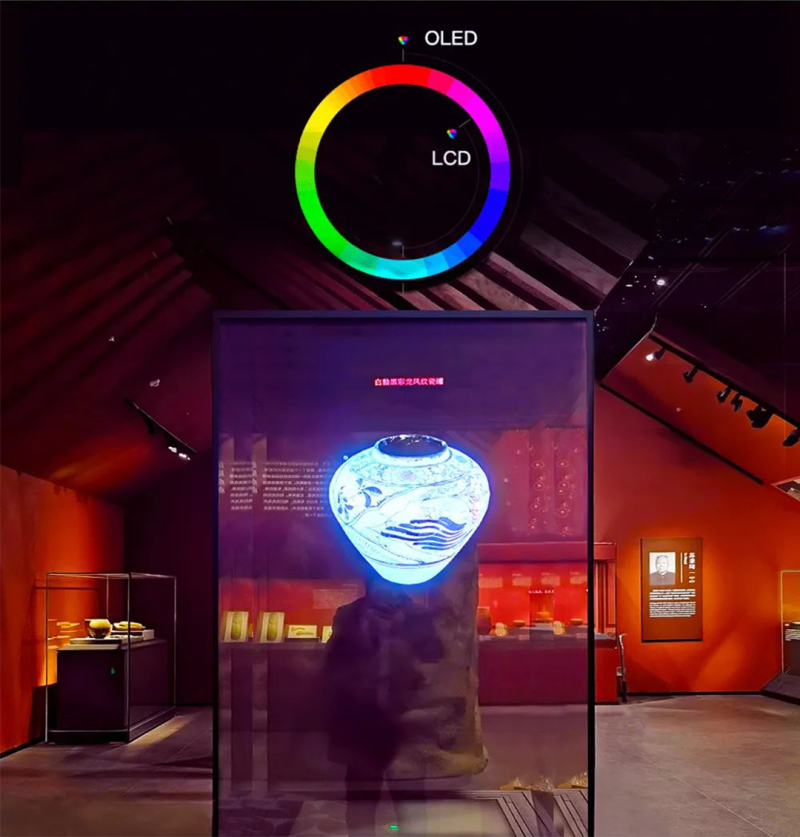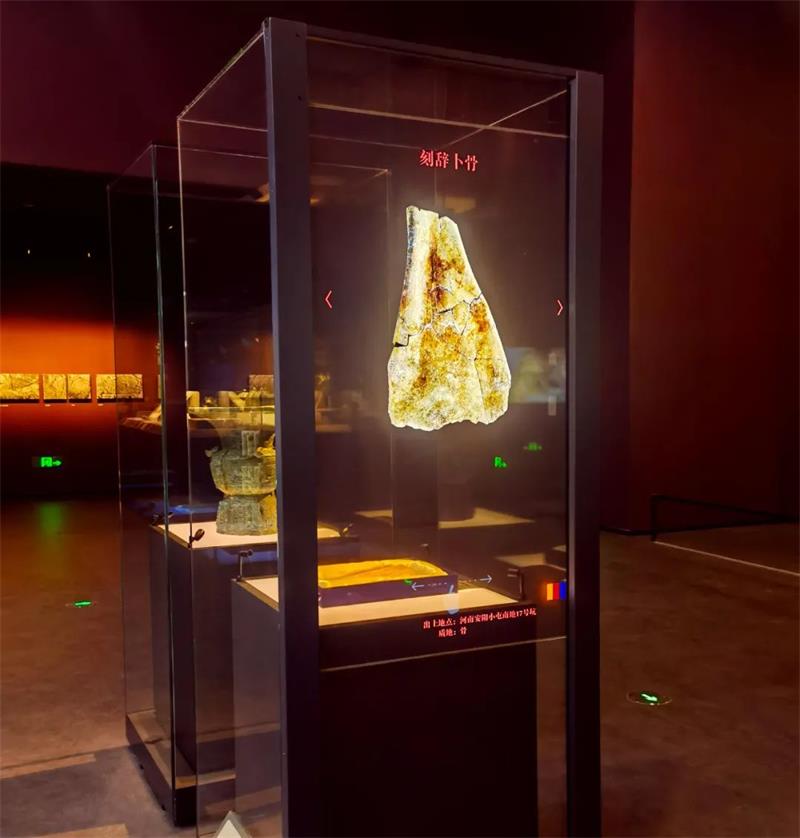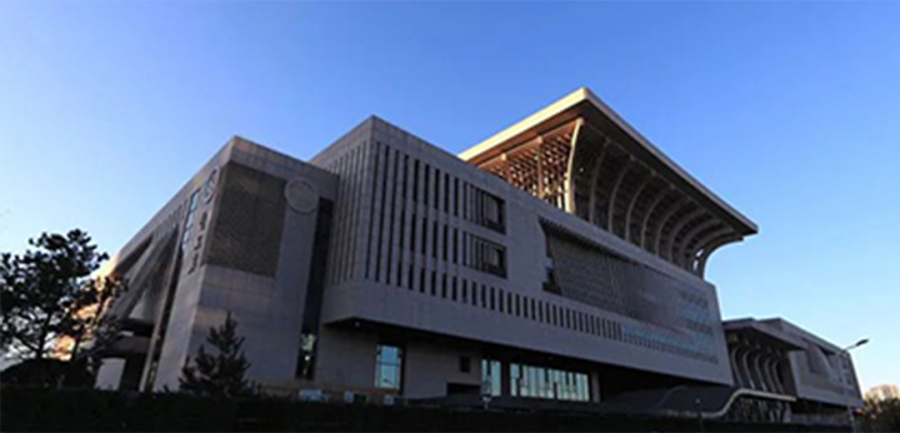As far as we can see into the past, we can see into the future. On the eastern side of the north extension of Beijing's central axis, which is known as the "spine of culture," stands a magnificent cultural landmark. Its shape resembles a tripod. The word "history" is prominently displayed, symbolizing the idea of "upholding China with the pulse of history." This is the Chinese Academy of History, the first national-level comprehensive research institution for history established since the founding of the People's Republic of China.
Pushing open the door, a "historical avenue" unfolds before my eyes. On this timeline, important milestones and significant events in the development of Chinese history are recorded. The profound history of Chinese civilization is engraved here, allowing us to glimpse a thousand years within a limited space. Archaeology is the pursuit and exploration of history, connecting the map of Chinese civilization together.
The exhibition area of the Chinese Academy of History spans over 7,000 square meters, showcasing more than 6,000 artifacts. The main exhibits include exquisite archaeological relics and precious ancient documents from the collection of the Chinese Academy of History. The exhibition integrates artifact display, heritage preservation, and academic research into one cohesive experience.

Adaptive to the Environment, Expanding Design
The special transparency of OLED transparent screens allows for the overlay of virtual and real scenes, with a thickness of only 3mm and LG imported panels. This integration of virtual and real scenes can be flexibly applied to different exhibition layouts and spatial dimensions, offering high scalability to meet complex exhibition requirements. The OLED display ensures a contrast ratio of 150,000:1, rich color expression, delicate picture quality, and high fidelity. Goodview OLED transparent displays, with a billion colors and self-luminous pixels, accurately reproduce colors, presenting more delicate details and higher image quality. High visibility: OLED screens provide high contrast and wide viewing angles, allowing viewers to appreciate exhibits more clearly, displaying excellent brightness and vibrant colors even in low-light conditions.

With a transparency rate of 38%, breakthrough innovative design, and strong immersion, the OLED display provides a stunning interactive experience. Customizable capacitive touch enables interaction between the virtual and real, bringing about an astonishing dynamic interactive experience. OLED technology allows for dynamic effects and multimedia content, making exhibitions more attractive and interactive. Additionally, virtual displays can replace physical exhibits, reducing the risk of damage. OLED screens can be customized according to the specific needs of exhibits, enabling partitioned displays and offering more choices and combinations of exhibits.

Post time: Sep-27-2023





